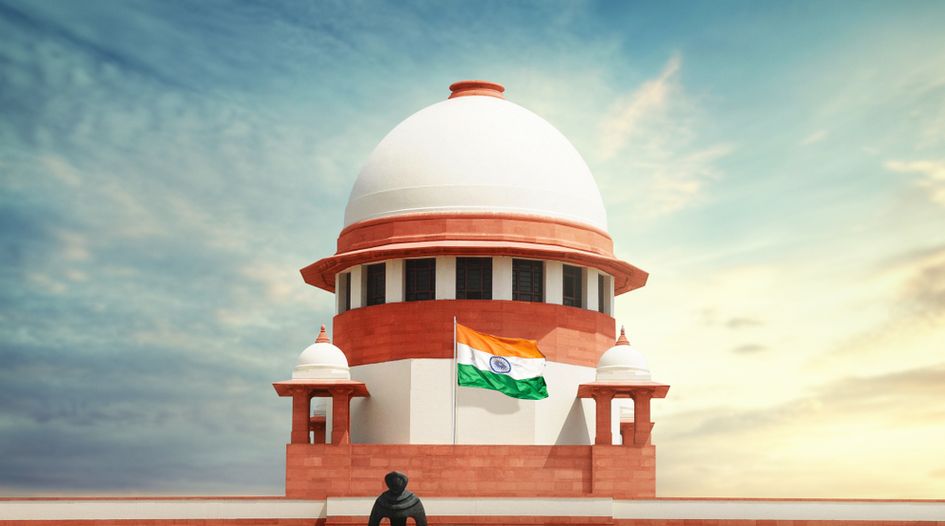Delhi High Court addresses the idea-expression distinction in copyright dispute

In a case where the intensity of public discussion perhaps rivalled the pleas, the Delhi High Court has applied settled principles of copyright law on the difference between an idea and an expression (the idea-expression dichotomy). The dispute involved two storytelling platforms: Humans of Bombay Stories (HoB) and People of India (PoI), and both run a website by their respective names (Humans of Bombay Stories Pvt Ltd v People of India Social Media Pvt Ltd and Anr, CS(COMM) 646/2023, 1 October 2023).
Case background
HoB’s storytelling platform has been hosting stories of individuals since 2014, presented as interviews, write ups and social media posts. HoB claims that it engages in substantial research and approaches individuals (or ‘subjects’) who might be interested in narrating and sharing their life stories. It then presents these as audio-visual works for upload on its website and social media platforms. Further, copyright for all these literary/audio-video works vests in HoB as they are produced as works for hire. Before publishing a story, HoB stated that written consent was obtained from the subjects, ensuring an agreement that, for a specified period, prevented others from telling the subject's story.
The cause of action for the present suit arose in 2022, when HoB noticed that PoI was allegedly using its proprietary literary works and creative expression on its own website and social media handles. Cease and desist letters were sent to PoI on two occasions. When these failed to solve the dispute, HoB filed a suit seeking injunctive relief against PoI for infringement of copyright of content consisting of:
- photographs;
- literary works forming the basis of stories;
- videos; and
- creative expressions, including the manner in which the stories were presented.
The dispute
HoB’s main case is that PoI has imitated a large portion of this content from its website and social media accounts.
PoI argued that the presence of common images on the two platforms could be because the common subjects of the said stories had themselves provided these images to PoI. Additionally, HoB had copied content off PoI’s website – an argument that PoI supported with relevant extracts. PoI also claimed that, contrary to HoB’s claims, some of the photographs at issue were not originals belonging to HoB. Rather, they had been published on a third-party platform prior to HoB republishing them. Moreover, HoB was based on the model established by the platform Humans of New York which was launched in 2010, and the format of which has since been replicated several times around the world. Thus, the concept of a storytelling platform was not copyrightable by HoB.
In response, HoB emphasised that it was not claiming an exclusive right to run a storytelling platform; instead, its claims were based on copyright infringement of proprietary literary and audio-visual works.
The court held that the idea at the core of the dispute was that of a storytelling platform, over which no one could claim exclusive rights. Copyright law offers no monopoly over an idea – it merely provides proprietary rights regarding original expression of an idea. Stories about different subjects, that both platforms would curate and disseminate in their own creative ways, would constitute such protectable expressions.
The court outlined that both storytelling platforms could enjoy copyright protection over the images and literary content used, the manner of depicting a story and any photographs or videos commissioned by such platforms. Photographs from the subject’s own collection could be used by anyone unless they were exclusively commissioned by a platform. Ultimately, the court directed both parties to refrain from using each other’s copyrighted works and decreed the suit.
Key takeaways
This case sheds light on a classic copyright tussle – the idea-expression dichotomy - revisited in the context of a story telling platform in the digital age. Initially, HoB’s claim before the court was misunderstood by many as an attempt to monopolise the idea or format of a storytelling platform. This was subject to criticism, including from the founder of the Humans of New York platform. The social media uproar led to HoB’s public clarification that their legal case was not about inspiration, but about substantial imitation. By decreeing the suit, the court has addressed the crucial distinction between ideas and expressions. It upheld that the original expression of an idea is paramount and eligible for copyright protection, but that the idea itself is not.
IAM recommends
Delhi High Court rules on intricate underlying rights ownership in film dispute
US district court rules art must have 'human authorship' to merit copyright protection
Graphical user interface protection struggling despite promising Calcutta High Court decision
This is an Insight article, written by a selected partner as part of IAM's co-published content. Read more on Insight
Copyright © Law Business ResearchCompany Number: 03281866 VAT: GB 160 7529 10

